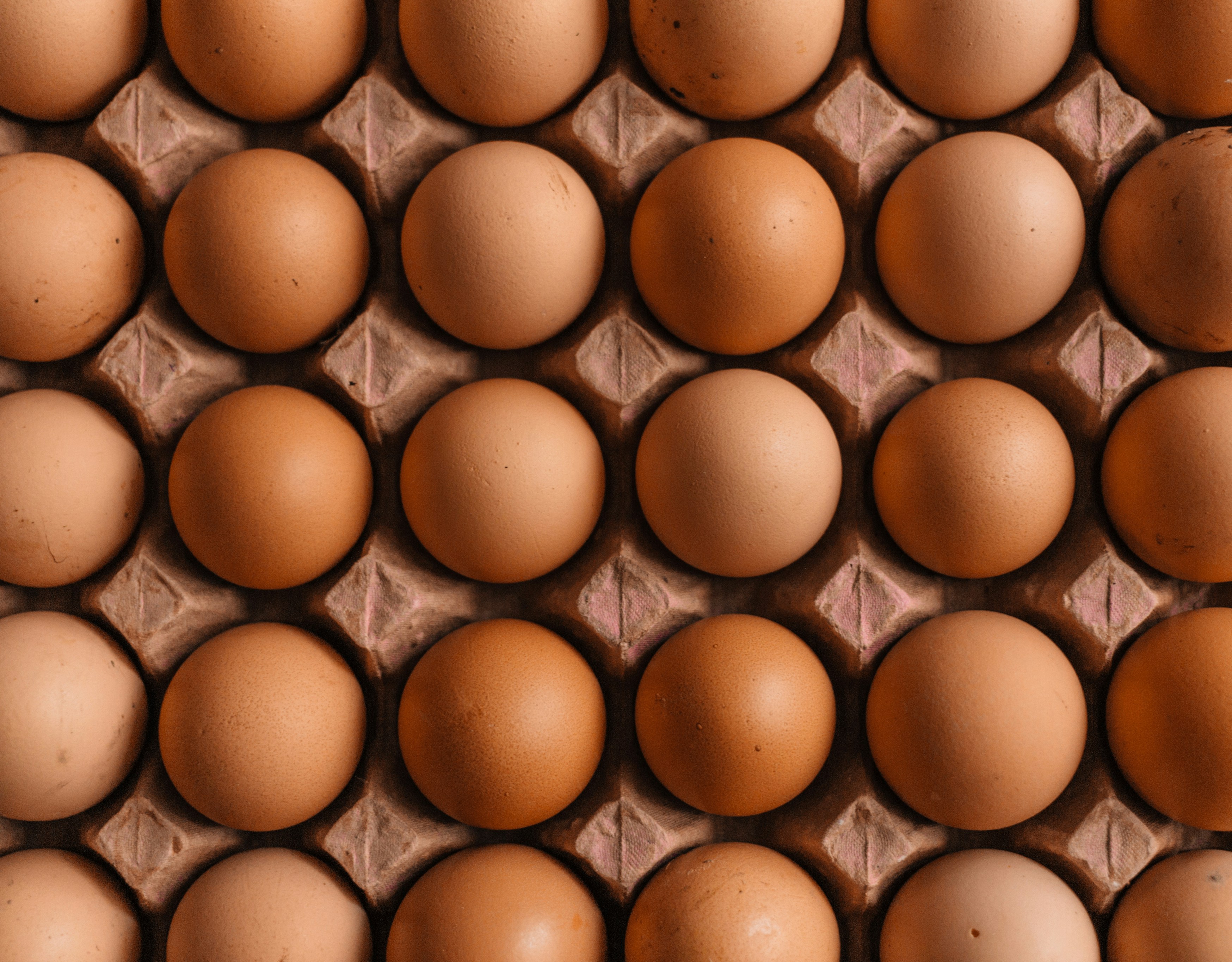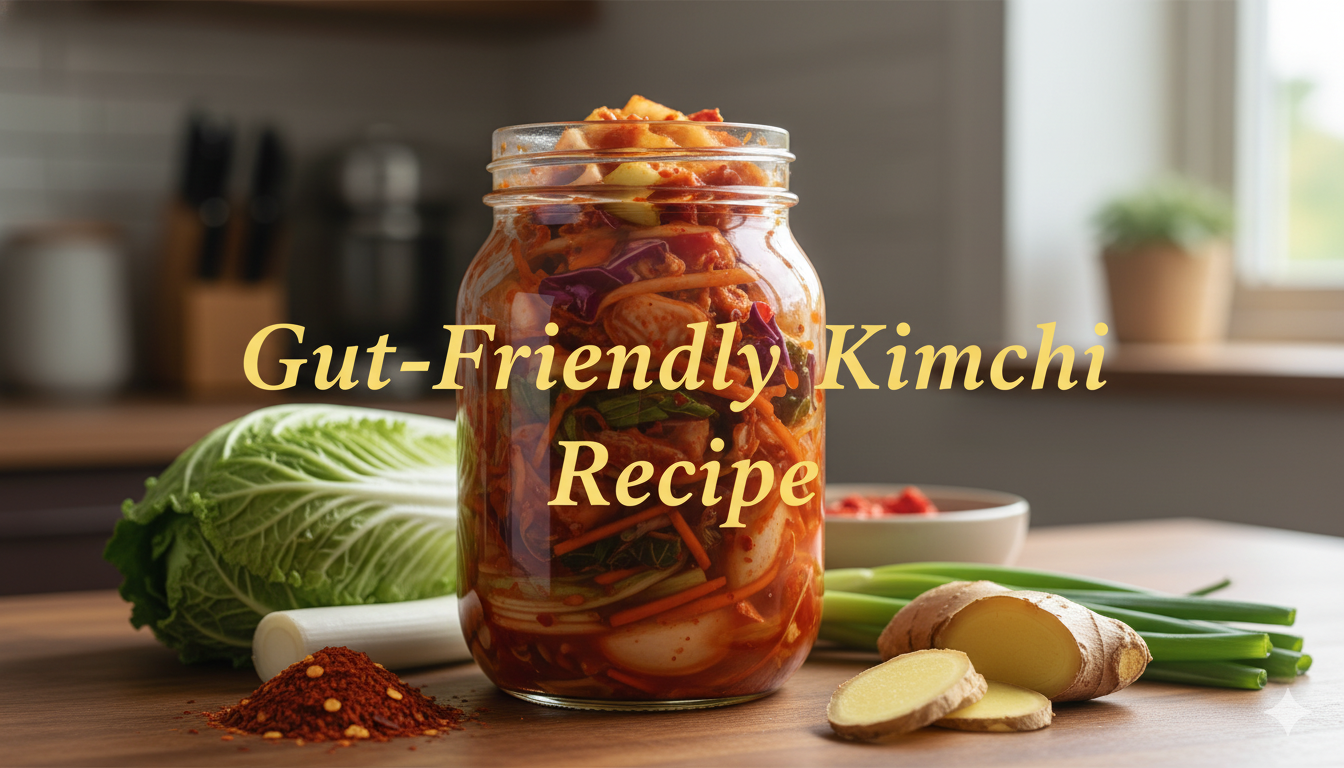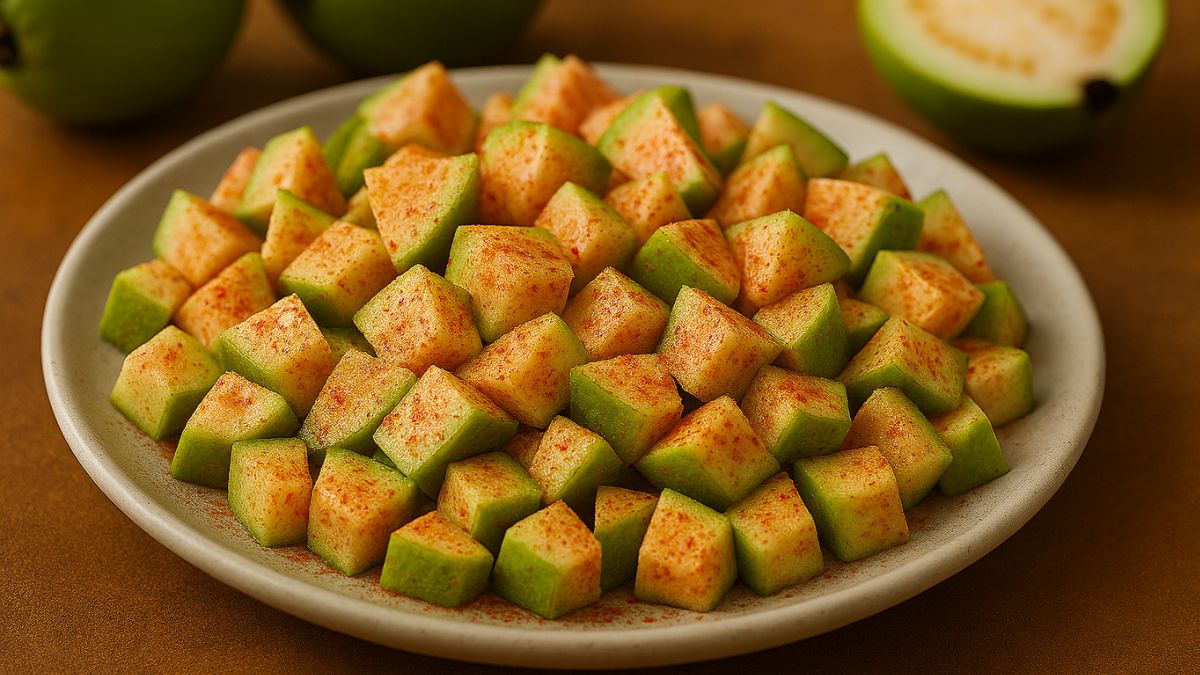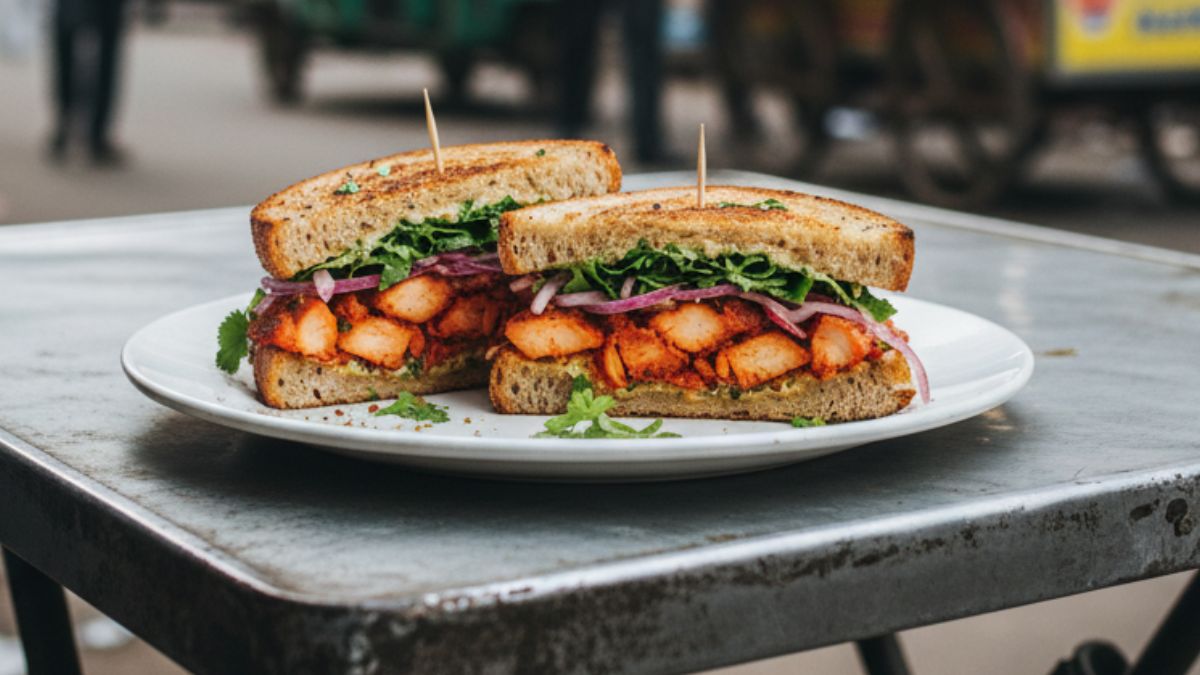I got my first impression of Sicilian feasting at school, when I studied The Leopard as a set text. Giuseppe Tomasi di Lampedusa's novel, about the declining fortunes of a 19th-century Sicilian nobleman, contains some of the most mouth-watering descriptions of food in all literature. But the banquet served at Prince Fabrizio's ball reaches a crescendo of epicurean decadence that verges on the sickening.
The table at the ball groans with so much food that most of it is never touched: lobster "boiled alive", "chaud-froids" of veal, "steely lined" fish, turkey, "rosy foie-gras under gelatine armour", woodcock on toast with "their own chopped guts", "and a dozen other cruel, coloured delights". And for pudding "huge sorrel babas", Mont Blancs, "hillocks of chocolate-covered pastry" that fall apart "with a squelch at a knife cleft", and "shameless 'virgin's cakes' shaped like breasts".
Our own version of a Sicilian feast, you'll be relieved to learn, is rather more modest. And, in fact, more authentic. Prince Fabrizio's banquet was in the universal style of the 19th-century nobility, from St Petersburg to Paris. True Sicilian cuisine has the unique history and geography of the place imprinted on it. A Mediterranean trading hub conquered variously by the Greeks, Normans, Arabs, Spaniards and Catalans, it incorporates all sorts of "foreign" influences, from Eastern spices to tomatoes, those relatively recent arrivals from America.
The centrepiece of today's feast is fish baked in salt - a Sicilian classic. When you first cook this dish it seems impossible to believe that it will not be unbearably salty. But fear not: the salt sets to a crust, holding the moisture in the fish, and when you crack it open, it peels off in large chunks. Do this at the table, and simply brush away any crumbs. You don't even need to scale the fish, as the salt crust will pull the skin off with it.
With the fish we serve aioli - probably first brought over by the Catalans - and beans with Trapanese pesto, a red pesto from the west coast port of Trapani, using those American tomatoes. And to soak up the juices, we have suggested French-influenced croquettes - although if you want to simplify things, well-cooked boiled potatoes or a good sourdough would be fine substitutes.
This is a particularly relaxing feast to prepare as the fish, beans, and aioli are all just as good at room temperature - giving you time, perhaps, to prepare some shameless virgin cakes for pudding.
Fish cooked in salt
Any fish can be cooked whole in salt. We use seabass, but whole salmon is good, as are snapper and turbot. Ask your fishmonger for salt - they generally buy it in bulk. Fine sea salt works, as does coarse. It sounds obvious, but check that you have a baking tray large enough for the fish to fit in and that it fits in your oven.
Serves 4-6
1½ kg whole seabass, cleaned
2 lemons, sliced
3 bay leaves
A bunch of fennel fronds or dill
2-3 kg coarse salt
1 Preheat your oven to 200C/400F/gas mark 6. Wash and dry the fish well. Stuff the cavity with the lemon and herbs. Sprinkle a layer of salt for the fish to sit on, about 1cm deep. Place the fish on the salt and pour the rest of the salt over and around the fish so most is covered. It is OK for the head and tail to be visible.
2 Place the fish in the preheated oven for 30 minutes. Then remove it and allow it to rest for about 10 minutes. It is quite nerve-racking trying to guess if the fish is cooked - but a meat probe inserted into the flesh will tell you the internal temperature if you are worried. You can also insert a metal skewer and feel if it is hot (or not). The fish will continue to cook during the resting time.
3 To serve, crack the salt and pull it away from the fish - it should take the skin with it. The fish can be served whole or the flesh removed to a serving platter.
Aioli
Makes about 300ml
2 garlic cloves, crushed to a paste with a sprinkling of salt
Juice of ½ lemon
2 large egg yolks (at room temperature)
200ml rapeseed or sunflower oil
50ml extra virgin olive oil
A pinch of cayenne pepper
Salt
1 In a food processor, mix together the garlic with the lemon and egg yolks.
2 Slowly pour in the oil in a thin stream, pulsing to combine after each addition, until you have a glossy emulsion. This can also be done by using a whisk, adding the oil slowly and whisking like crazy. If the aioli does split or separate, start again in a clean bowl with a new egg yolk and whisk in the split mixture. Season well.
Beans with Trapanese pesto
Serves 4-6
200g french beans
200g runner beans, trimmed, cut diagonally into 1cm thick slices
Salt and black pepper
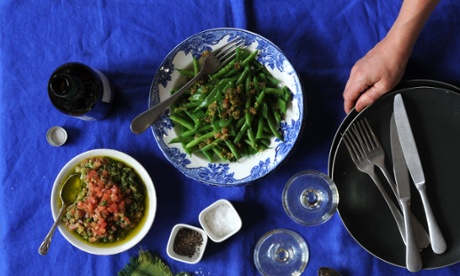
For the pesto
500g good plum tomatoes
3 garlic cloves, crushed
100g peeled almonds, toasted (flaked is fine)
A small bunch of basil, leaves only
3 tbsp olive oil
75g finely grated parmesan or pecorino
1 Peel the tomatoes by making a small slash in their skin and pouring boiling water over them. Leave for about 30 seconds before draining and refreshing. Peel and remove the hard cores. Scoop out and discard the seeds, and then dice the tomato flesh.
2 Blitz the garlic with the almonds and basil in a food processor. This can also be done in a pestle and mortar. Empty into a large bowl and stir in the tomatoes, cheese and olive oil.
3 Blanch the beans in lots of salted boiling water for a few minutes or until they are just cooked (squeaky). Drain well and refresh in cold water quickly, so they are not too hot but just warm. Toss in the pesto and season well.
Potato croquettes
Serves 4-6
1kg baking potatoes
2 eggs
100g grated parmesan or pecorino
1 tbsp chopped chives
1 tbsp chopped parsley
Nutmeg
Salt and pepper
To coat
Plain flour
1 egg, beaten
Milk
Fine panko breadcrumbs
Rapeseed oil, for deep frying
1 Steam the potatoes, with their skins on, for about 30-40 minutes or until cooked through. Peel and pass through a ricer. Mix with the rest of the ingredients and season well.
2 Shape the dough into small cylinders about 3-4cm long (or shape into quenelles with 2 spoons). They can now be stuffed with mozzarella, anchovies, salami or melty cheese such as fontina. Dip first in flour, then egg beaten with some milk, followed by the breadcrumbs .
3 Deep fry in batches in rapeseed oil at 180C/350F until golden brown.
Henry Dimbleby is co-founder of the natural fast-food restaurant chain Leon. Twitter: @HenryDimbleby. Jane Baxter is a chef and food writer based in Devon. Twitter: @baxcooka

